U.S.- If you’ve recently visited a food pantry and noticed fewer groceries or less variety in your bag, you’re not alone—and there’s a big reason why that’s happening across the country.
Food banks are facing a crisis after the U.S. Department of Agriculture (USDA) abruptly canceled $500 million in planned food deliveries. These cuts are hitting at the worst possible time, as demand for food assistance is skyrocketing and many families are still struggling with high grocery prices, low wages, and reduced government aid.
A Sudden Halt with Major Consequences
The funding cuts stem from a decision by the Trump administration to halt the release of Commodity Credit Corporation (CCC) dollars that had been announced under the Biden administration. The USDA said these previous spending decisions created “unsustainable programming,” and they’re now reassessing how to allocate resources.
While the USDA has promised that it will continue to support food banks through other channels—like $166 million already spent this year and another $261 million recently approved—the sudden loss of CCC funds has left food banks across the country scrambling.
According to Feeding America, a nationwide network representing over 200 food banks, this disruption will affect nearly every corner of the country. Vince Hall, the group’s chief government relations officer, explained, “We’ve never seen food insecurity at these levels. Any break in the supply chain puts communities, especially vulnerable ones, at serious risk.”
Nevada Hit Especially Hard
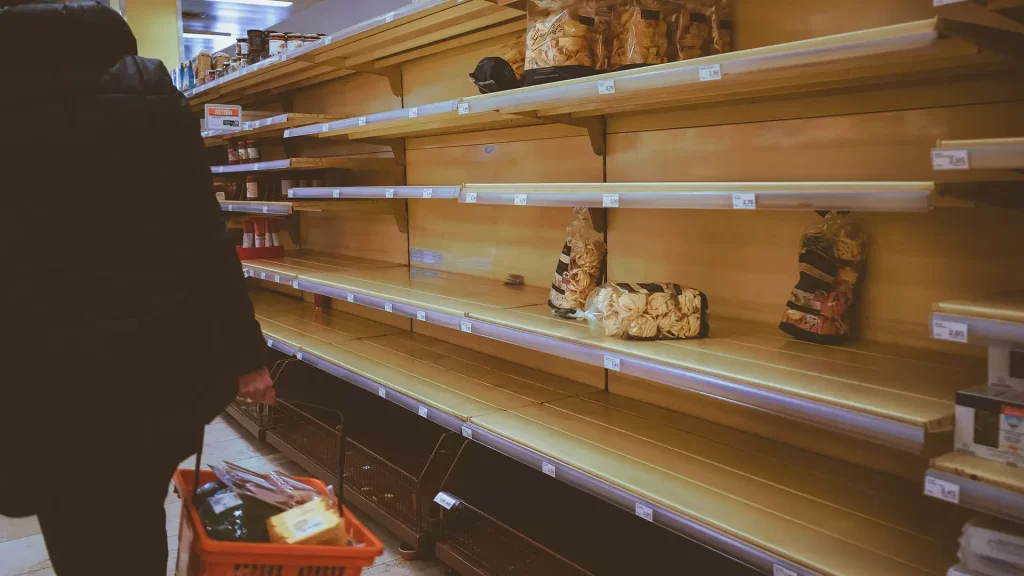
In Nevada, the fallout has been immediate and severe. The state’s two major food banks—Three Square Food Bank in Las Vegas and the Food Bank of Northern Nevada—were notified in late March that large shipments were being canceled.
Three Square lost out on a million pounds of food—fresh meat, eggs, and dairy that was supposed to go to families in Clark, Lincoln, Esmeralda, and Nye counties. In the northern part of the state, another 350,000 pounds were pulled from the schedule. Overall, 35 truckloads of food bound for Nevada were stopped.
“We’re serving 160,000 people a month—76% more than before the pandemic,” said Jocelyn Lantrip from the Food Bank of Northern Nevada. “This food was crucial. It’s not easily replaced.”
Barbara Monroy, who runs the Community Food Pantry in the Reno-Sparks area, said the USDA cuts will wipe out about a third of their food supply. “What’s hard to lose is the healthy stuff—potatoes, milk, cheese, fresh veggies. That’s the food people need most,” she said.
California and Beyond Also Feeling the Strain
California’s Central Valley, another high-need area, is also seeing major disruptions. The Central California Food Bank, which supplies food to 60 pantries in Fresno County, had 13 truckloads of groceries worth $850,000 canceled. For families already struggling with inflation and food costs, this means fewer meals and less nutritious options.
Nationwide, food banks are echoing the same message: they simply can’t fill the gap on their own. Donations are down, operating costs are up, and finding replacement sources for things like protein, dairy, and produce is expensive and difficult.
Rural and Urban Communities Alike Are Vulnerable
While rural areas are especially impacted—since USDA commodities often make up over half of what they distribute—urban centers like Washington, D.C. aren’t spared. Radha Muthiah, CEO of the Capital Area Food Bank, said they’ve already lost half of their expected truck deliveries. That’s roughly 670,000 meals gone overnight.
“We’ll try to fill the gap with other resources, but it’s unlikely we can cover it all,” she said. “We’re talking about food we were planning to distribute within weeks.”
The USDA insists that it hasn’t lost sight of its mission to support food access and reduce hunger. But its recent decisions—cutting not only CCC funding, but also ending pandemic-era programs that allowed food banks and schools to buy from local farmers—tell a different story.
The Bigger Picture: More Cuts Could Be Coming
These food delivery cuts don’t exist in a vacuum. Congress is considering additional reductions to other vital programs, including the Supplemental Nutrition Assistance Program (SNAP), which helps low-income Americans buy groceries. Many families are already feeling the pressure—some SNAP recipients report getting as little as $17 to $23 per month, barely enough to buy a few cartons of eggs.
At the same time, grocery prices continue to climb. USDA data predicts a 3.2% increase in food prices this year, and inflation remains a major challenge for families and nonprofits alike. Food banks also face rising costs for things like insurance and transportation, further stretching their limited budgets.
What Happens Now?
Feeding America and local food banks are urging the USDA to reconsider the cuts and redirect other resources toward emergency food programs. But even with advocacy and possible replacements, the short-term impact is already here. Food pantries are cutting back on how much they can offer—and what they can offer.
Some pantries are turning to private donors, applying for non-governmental grants, and even sourcing food from new, unfamiliar suppliers. But it’s a race against time, and the need is only growing.
“The pandemic may feel like it’s behind us, but hunger isn’t,” said Monroy from the Community Food Pantry. “Every day, more families are walking through our doors. We’re doing everything we can, but we can’t do it alone.”
Sources:
https://amp.cnn.com/cnn/2025/03/22/politics/food-banks-usda-delivery-halt





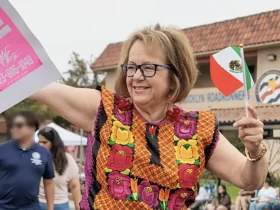

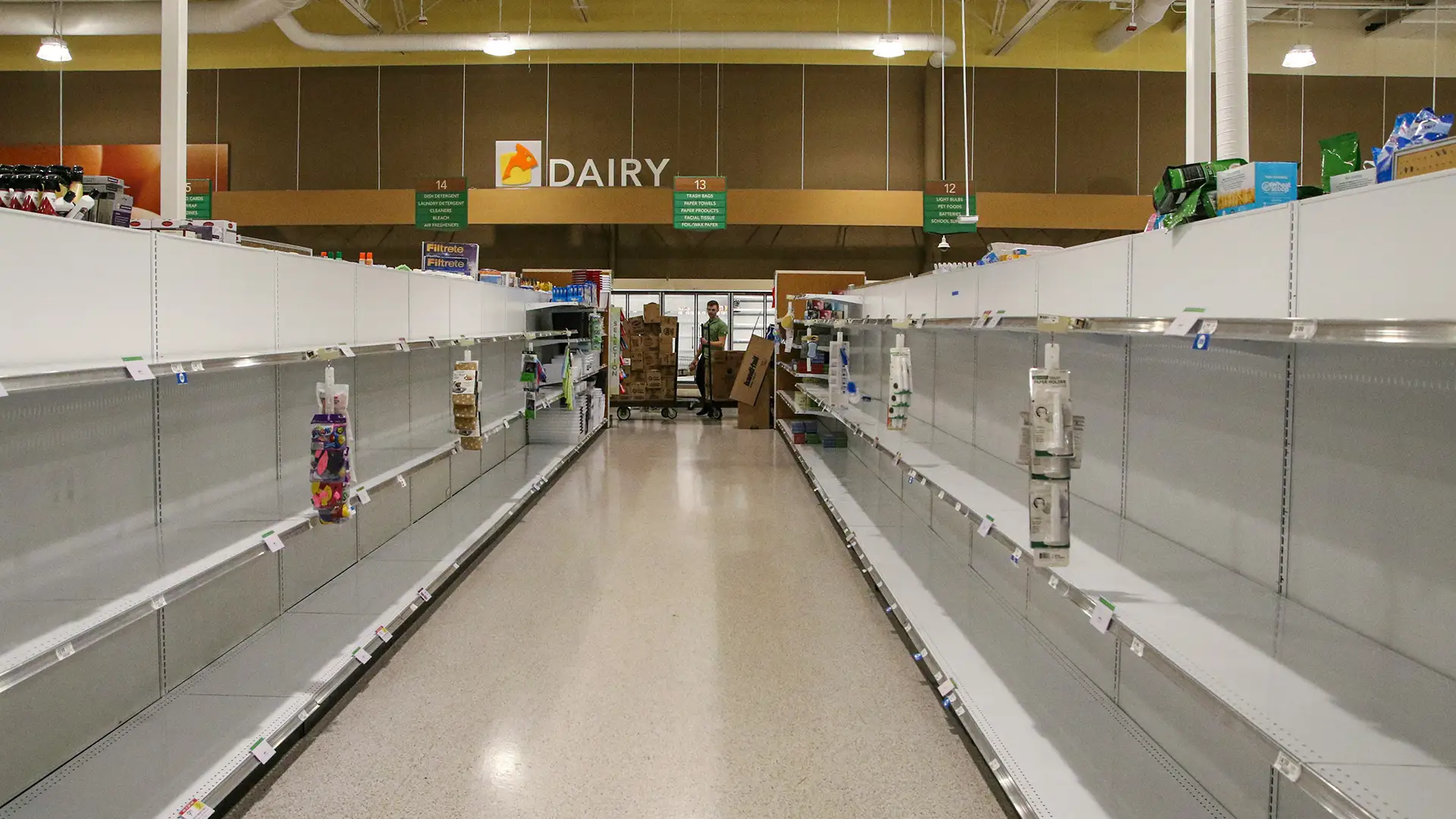






















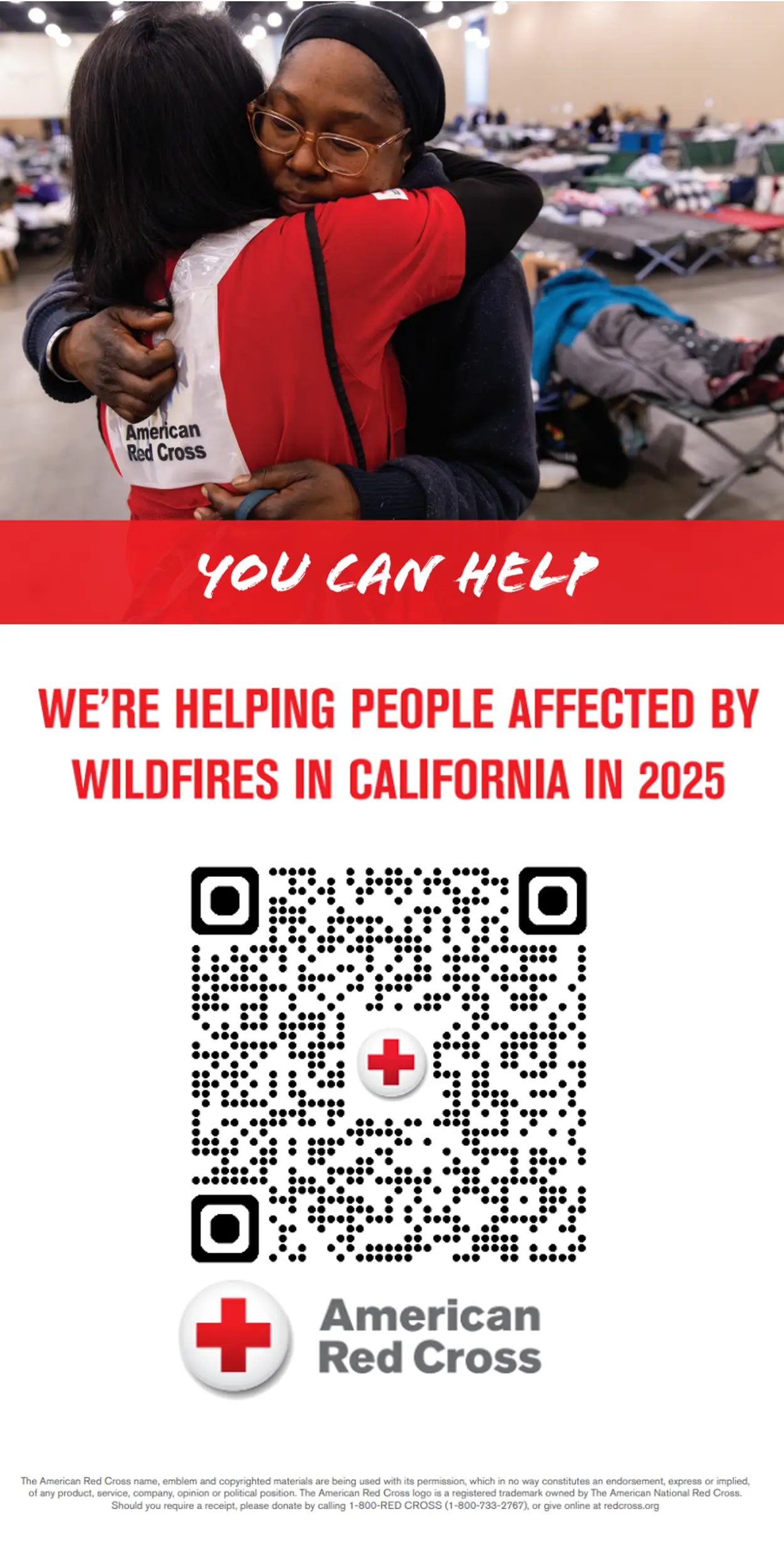




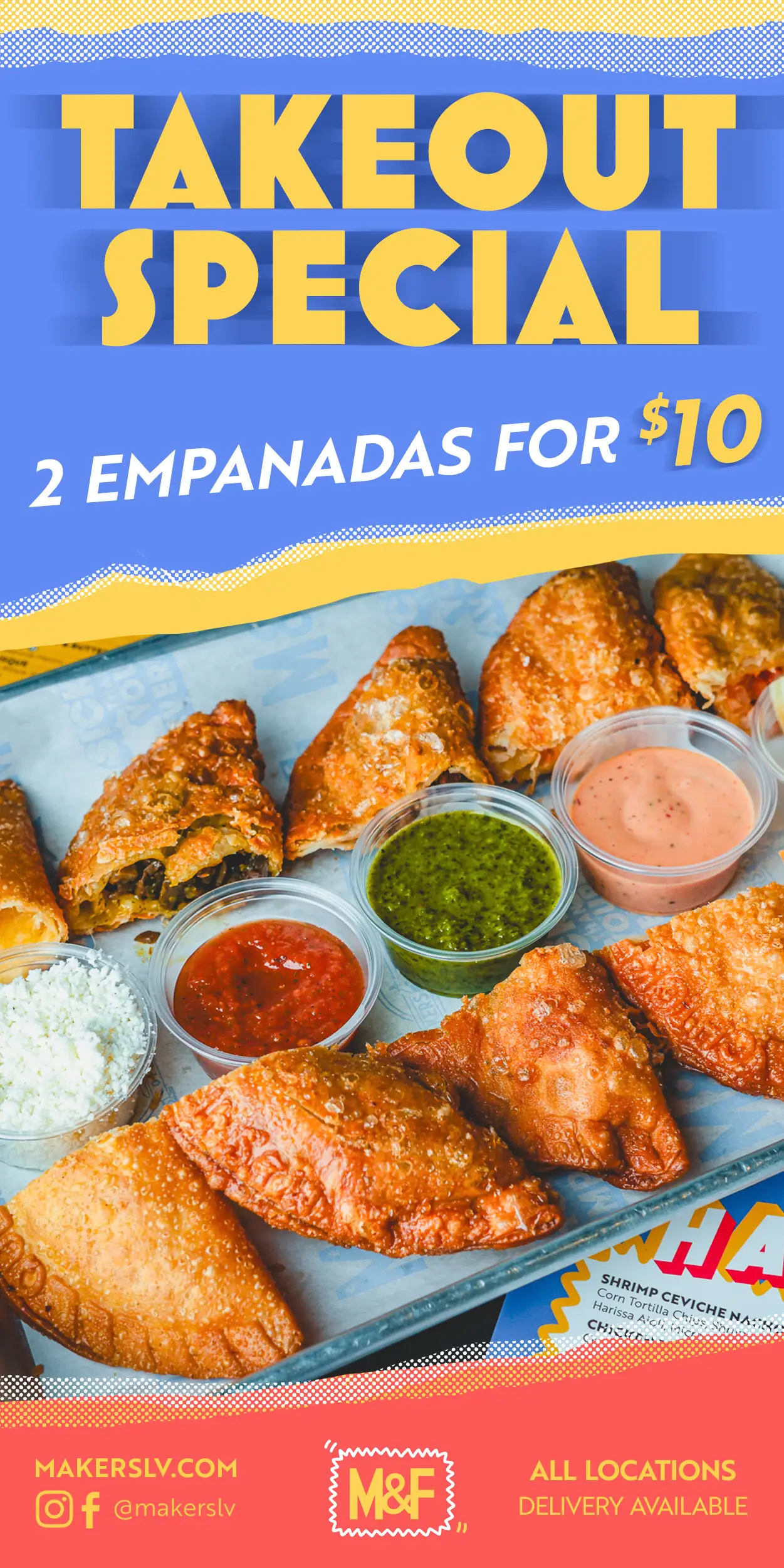




Leave a Reply